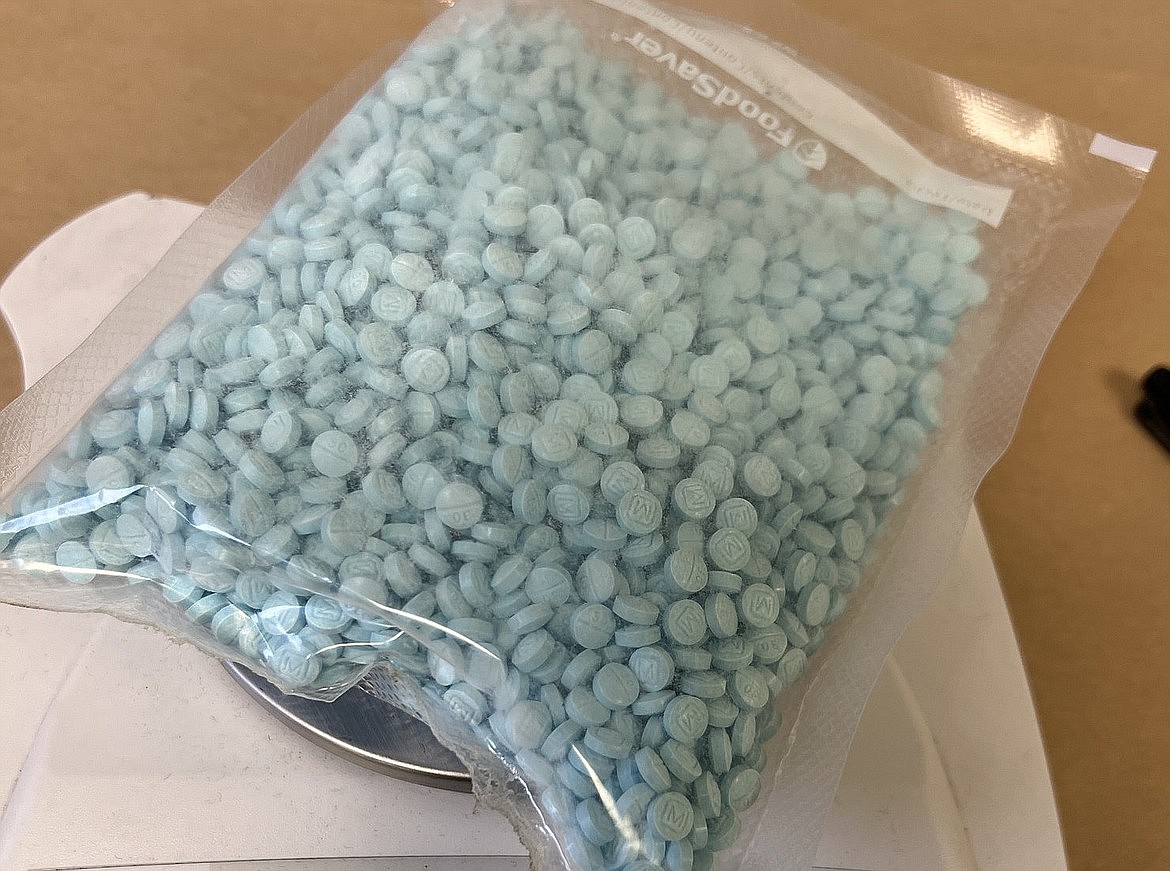Fentanyl crisis in WA needs a turning point, so what is being done?
SEATTLE — Washington came to understand the scope and severity of the state's fentanyl crisis in 2023 more than any other year.
Become a Subscriber!
You have read all of your free articles this month. Select a plan below to start your subscription today.
Already a subscriber? Login



